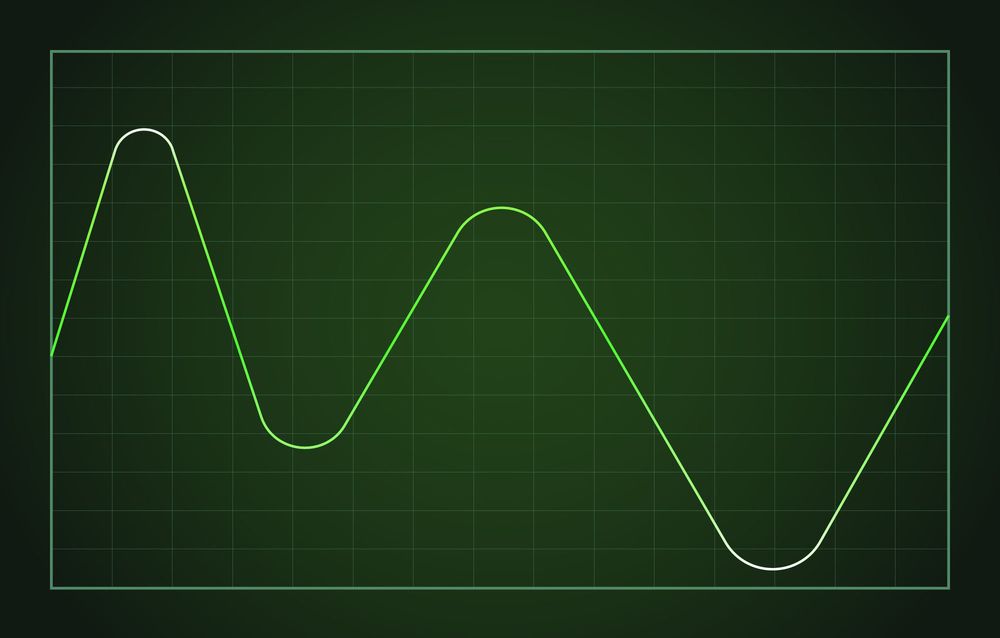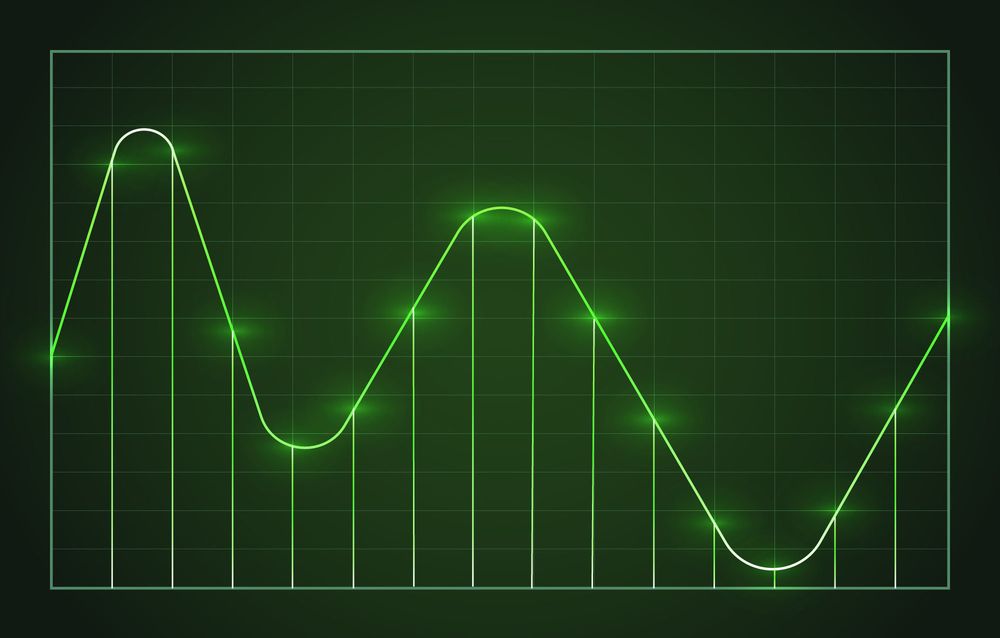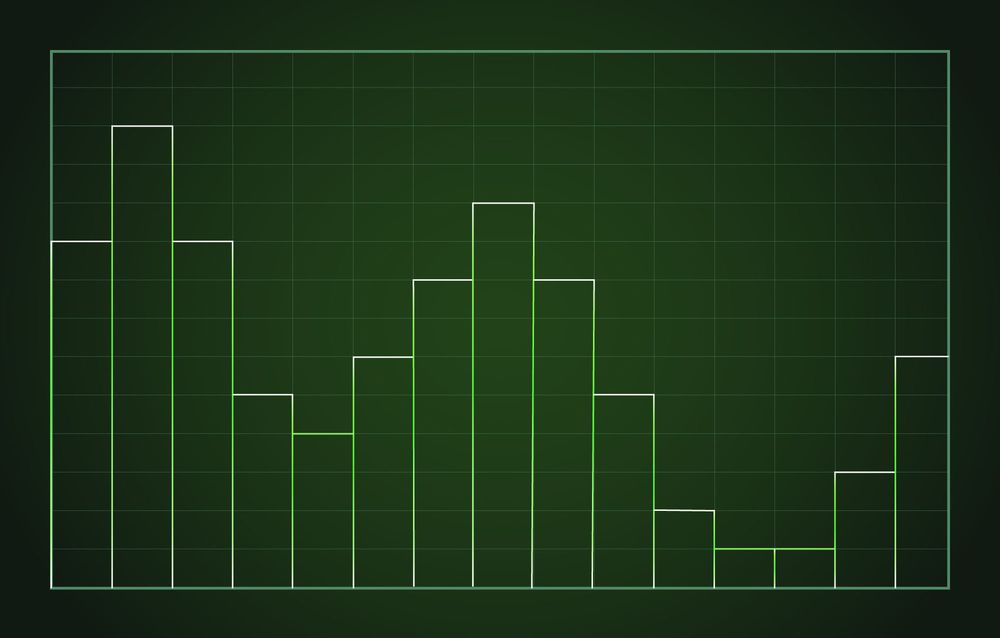2. Definition
The term "sampler" is derived from "sample," which comes from the English language and essentially means to "take a sample" or "a pattern."
A sampler is capable of scanning a real sound and converting it into digital "samples":

Analogue Signal
The sampling process (Analog-to-Digital conversion or A/D conversion) of sounds is repeated at very frequent time intervals per second, so the volume (amplitude) of the sound is sampled over its duration. For instance, in a CD, every second of sound material consists of 44,100 measurements, or in other words, "samples." The amplitude's range (dynamic) is measured in steps, such as 16 bits in the CD format. This process is called PCM or Pulse Code Modulation.

Pulse Code Modulation (PCM)
The sound stored in this manner is reproducible at any time.

Digitalized Signal
To retrieve the "samples," a MIDI keyboard is typically used.
If the sound is to be audible, a converter is required once again: the Digital-to-Analog Converter (D/A converter). This is usually located before the output amplifier of a sampler, as well as in a CD or DVD player - essentially anywhere sounds are digitally represented and need to be heard again.





